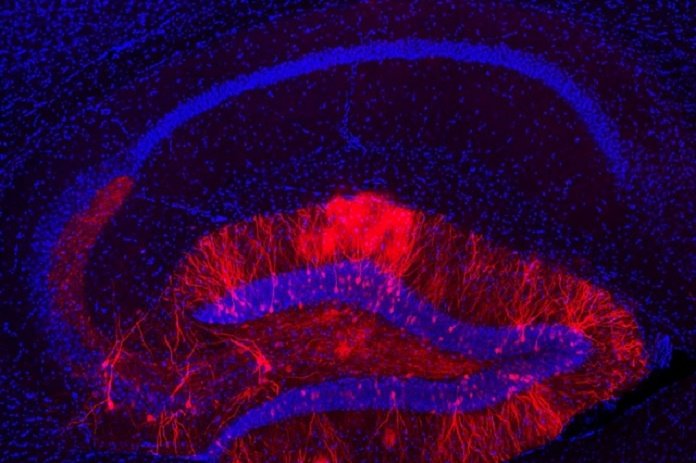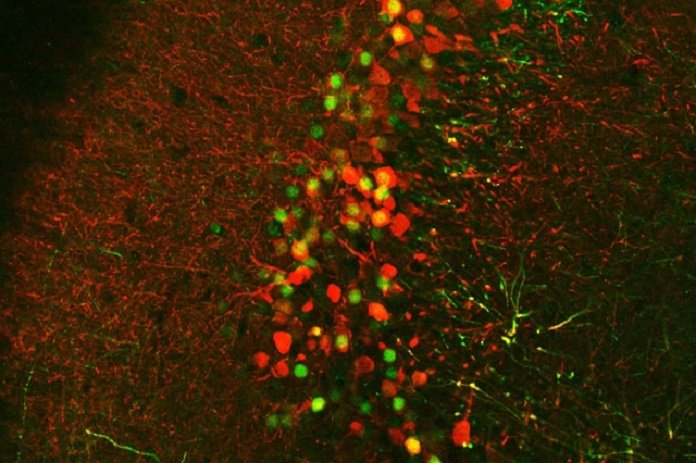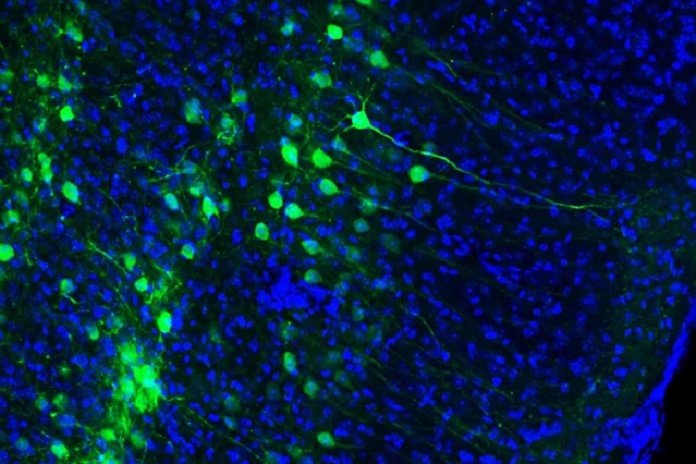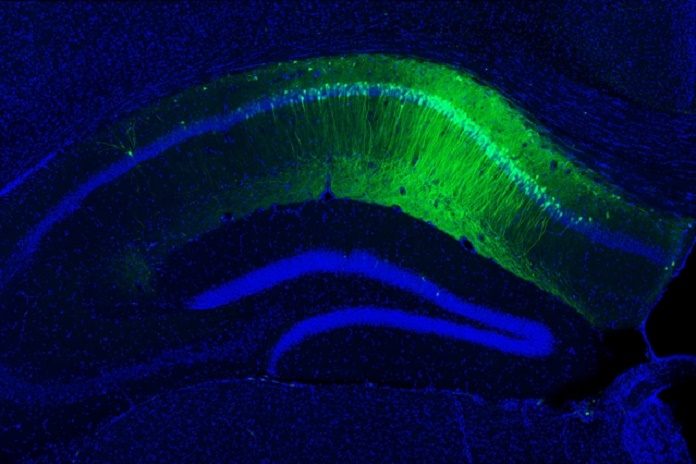Putting efforts towards revising memory models, MIT scientists proposed in a new study, in which they detailed how these silent engrams are formed and re-activated.
Memory storage does not basically rely on synapses between memory cells. It actually depends on a pattern of connections that form between these cells during the first few minutes after an event.
Here scientists also demonstrate that the memories held by silent engrams cannot be naturally recalled. These memories hold on for no less than a week. Furthermore, they can be awakened days after the fact by treating cells with a protein that empowers synapse development.

Image: Dheeraj Roy, Tonegawa Lab/MIT
Susumu Tonegawa, the Picower Professor of Biology said, “A specific memory is stored in a specific pattern of connectivity between engram cell ensembles that lie along an anatomical pathway. This conclusion is provocative because the dogma has been that a memory is instead stored by synaptic strength.”
Many neuroscientists believe that the memories of particular events are stored when synaptic connections are strengthened. Past investigations have discovered that if a blend of certain cell proteins is hindered in mice instantly after an event, the mice will have no long haul memory of the event.
In 2015, scientists proposed how memories could be stored even when the synthesis of the cellular proteins is blocked. They found that the mice could not recall those memories in response to natural cues, but the memories were still there. And as scientists suggested, those memories can be artificially retrieved using a technique known as optogenetics.
Here, those memory cells, which scientists called silent engrams can also be formed in other situations.
In this study, scientists investigated how these silent engrams are formed, how long they last, and how they can be re-activated.
During the investigation, likewise in 2015 study, they trained mice to fear being placed in a certain cage, by delivering a mild foot shock. As the mice were trained, their memory cells were labeled with a light-sensitive protein that allows the cells to be re-activated with light.

Image: Dheeraj Roy, Tonegawa Lab/MIT
Scientists found that did not react when placed back in the cage where the training took place. In any case, the mice froze when the memory cells were enacted with laser light while the creatures were in an enclosure that ought not to have had any dreadful affiliations. These quiet recollections could be initiated by laser light for up to eight days after the first preparing.
The finding suggests that strengthening of synaptic connections, while necessary for a memory to be initially encoded, is not necessary for its subsequent long-term storage. Instead, memories are stored in the specific pattern of connections formed between engram cell ensembles. These connections, which form very rapidly during encoding, are distinct from the synaptic strengthening that occurs later (within a few hours of the event) with the help of protein synthesis.
Tonegawa said, “What we are saying is that even without new cellular protein synthesis, once a new connection is made, or a pre-existing connection is strengthened during encoding, that new pattern of connections is maintained. Even if you cannot induce natural memory recall, the memory information is still there.”

Image: Dheeraj Roy, Tonegawa Lab/MIT
If considering the primary purpose of the protein synthesis is to enable natural recall cues to do their job efficiently.
Professor Sheena Josselyn said, “The findings run counter to the longstanding idea that memory formation involves the strengthening of synapses between neurons and that this process requires protein synthesis.”
“They showed that a memory formed during protein-synthesis inhibition may be artificially (but not naturally) recalled. That is, the memory is still retained in the brain without protein synthesis, but this memory cannot be accessed under normal conditions, suggesting that spines may not be the key keepers of information. The findings are controversial, but many paradigm-shifting papers are.”
